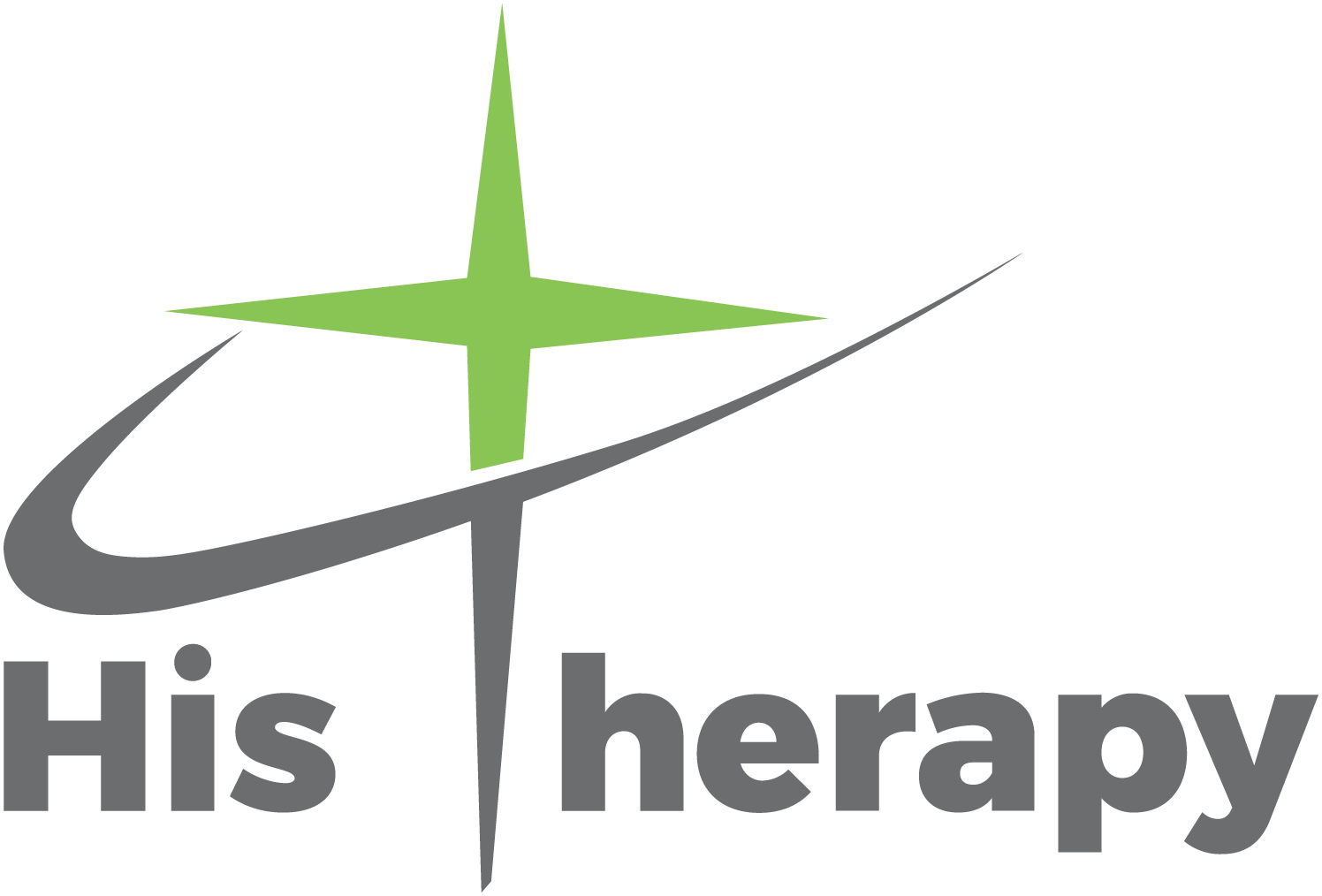Diastasis Recti refers to the unnatural separation of the abdominal muscles via stretching or thinning of the connective tissue in the midline (Linea Alba). While this is very normal to occur during pregnancy to allow for a growing baby (100% of women will have some separation at 37 weeks gestation), it is when the muscles remain apart after baby is born that this can become a concern. A distance of 1-1.5 finger widths between the muscle bellies is considered “normal” and greater than this would be considered a diastasis, however the prognosis of healing will be affected not just by the distance of separation, but also the amount of tension remaining in the linea alba.
*Just to be clear, even though DR is often referred to as a ‘separation’, this does not mean that there is an opening in the abdominal wall, rather that the muscle bellies are sitting a bit further apart. There is still intact connective tissue between the muscles, however it may be thinner than before – unlike an hernia which refers to an actual tear or hole in the connective tissue.*
The most common symptoms of Diastasis Recti are the appearance of a belly bulge, a feeling of core ‘weakness’, and compromised function of the deep core and pelvic floor muscles (which stabilize the pelvis and the spine) leading to hip, pelvic, and back pain or pelvic floor issues.
However, Diastasis Recti is not always visible or symptomatic. For example, I have known some women with 4cm separations postpartum to have a ‘flat’ stomach (as defined by societal expectations), be pain-free and still be able to perform very physically strong feats. Therefore, I don’t believe the end goal of healing is just about the width of separation, but how all of the muscles in the body function as a whole.
Some causes of this can be:
Over-corrected sitting and standing posture – a habit of thrusting the ribs with chest out, shoulders back. Although we are often taught is a good posture – this actually creates excessive tension on the linea alba – pulling it apart – AND generates more IAP!
Very tight abdominal musculature – which can increase IAP and also pull away (think tight oblique muscles pulling on a diagonal away from the midline)
Shortened psoas major – this will often appear as rib thrusting when lying down on your back with the legs out straight (this was the most noticeable factor amongst the three aforementioned men with DR) and means that even just lying flat on your back, doing nothing(!) can actually contribute to a diastasis
Do your ribs do this when you lie down?
Tight shoulders and chest muscles which will lift the ribcage and create a lateral pull on the LA every time you reach overhead
Constantly increased intra-abdominal due to chronic digestive upsets and bloating
Repetitive increased intra-abdominal pressure via habitual movement and exercises (think repetitive sit ups, straining on the toilet, breath holding, or ALWAYS sucking in your stomach)
For more information please contact us today at 864-534-1780 or sabina@histherapy.net
